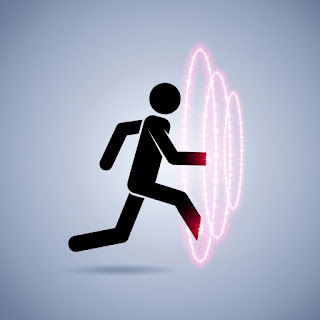
Why Should We Be Concerned About the China-India Border Conflict Long-standing border tensions risk dangerous escalation as rivalry between these nuclear powers heats up. The conflict between Chinese and Indian troops over the two nations' 2,100-mile-long contentious border, known as the Line of Actual Control (LAC), in December 2022, demonstrates a concerning "one step forward, two steps back" tendency. This brawl was the bloodiest in the Galwan Valley since 2020, when violence killed 20 Indian and at least four Chinese soldiers. Although these skirmishes are frequently followed by talks and other measures to alleviate tensions, both parties have militarised their border policy and show no signs of relenting. And the border situation remains tight, with Beijing and New Delhi reinforcing their postures on either side of the LAC, raising the prospect of an escalation between the two nuclear-armed countries. On June 12, 2009, Indian soldiers are spotted in Tawang Va...






